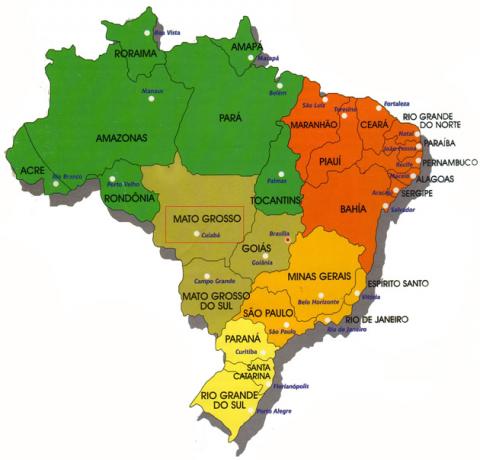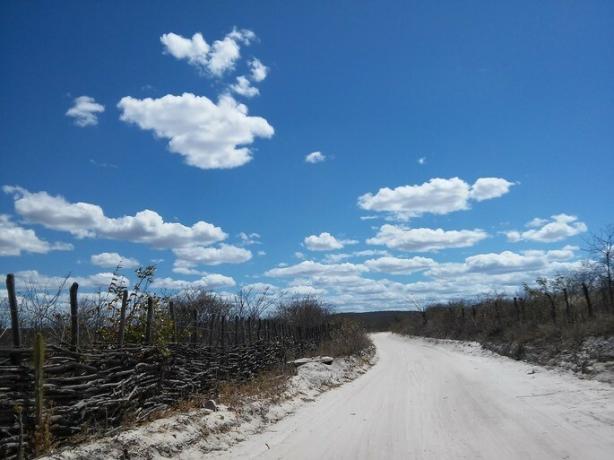The fee of child mortality is obtained through the number of children in a given place (city, region, country, continent) who die before reaching 1 year of age, per thousand live births. This data is an aspect of fundamental importance to assess the quality of life, because through it, it is possible to obtain information on the effectiveness of the services public services, such as: basic sanitation, health system, availability of medicines and vaccines, medical monitoring, education, maternity, adequate food, among others.
This is a social problem that occurs on a global scale, however, poor regions are the most affected by child mortality. Among the main reasons are: the lack of assistance and guidance to pregnant women, the deficiency in hospital care for newborns, the absence of basic sanitation (triggering food and water contamination, resulting in other diseases) and malnutrition.
The lowest infant mortality rates are in developed countries – Finland, Iceland, Japan, Norway and Sweden (3 deaths per thousand births). The worst averages are for poor countries, especially African and Asian nations. Afghanistan has an incredible average of 154 deaths per thousand live births.
In Brazil, as in most other countries, this rate is decreasing every year. According to data from the Brazilian Institute of Geography and Statistics (IBGE), the infant mortality in Brazil continues to decline. In a decade (1998 – 2010) it went from 33.5 children dead per thousand live births to 22.
Follow the data released by Brazilian Institute of Geography and Statistics (IBGE).
Infant mortality rate, by regions of Brazil, from 1990 to 2010
Do not stop now... There's more after the advertising ;)
Year North Northeast Southeast South Midwest
1930 193,3 193,2 153,0 121,0 146,0
1940 166,0 187,0 140,0 118,0 133,0
1950 145,4 175,0 122,0 109,0 119,0
1960 122,9 164,1 110,0 96,0 115,0
1970 104,3 146,4 96,2 81,9 89,7
1980 79,4 117,6 57,0 58,9 69,6
1990 44,6 74,3 33,6 27,4 31,2
2000 28,6 43,0 20,7 18,4 21,0
2010 23,5 33,2 16,6 15,1 17,8
When analyzing the data, it is clear that the Northeast region, historically, has the highest average of child deaths. More egalitarian public policies among Brazilian regional complexes are necessary, with a view to providing adequate infrastructure for the population (environmental sanitation), greater investments in health, redistribution of hospital resources, food subsidies, in addition to the awareness process familiar.
Despite the reduction in the mortality rate, Brazil is far from reaching the average stipulated for the Millennium Development Goals, developed by the United Nations (UN).
According to estimates, in 2015, the year of publication of the document's results, the mortality rate Brazilian infantry will be 18 children dead per thousand live births, with the target to be reached being 15 kids.
Infant mortality data in Brazilian states
Acre - 28.9
Alagoas - 46.4
Amapá - 22.5
Amazon – 24.3
Bahia - 31.4
Ceará - 27.6
Federal District - 15.8
Holy Spirit – 17.7
Goiás – 18.3
Maranhão – 36.5
Mato Grosso - 19.2
Mato Grosso do Sul - 16.9
Minas Gerais - 19.1
Pará – 23
Paraíba – 35.2
Paraná - 17.3
Pernambuco – 35.7
Piauí – 26.2
Rio de Janeiro - 18.3
Rio Grande do Norte – 33.5
Rio Grande do Sul - 12.7
Rondônia – 22.4
Roraima - 18.1
Santa Catarina – 15
São Paulo - 14.5
Sergipe – 31.4
Tocantins – 25.6.
By Wagner de Cerqueira and Francisco
Graduated in Geography
Brazil School Team



